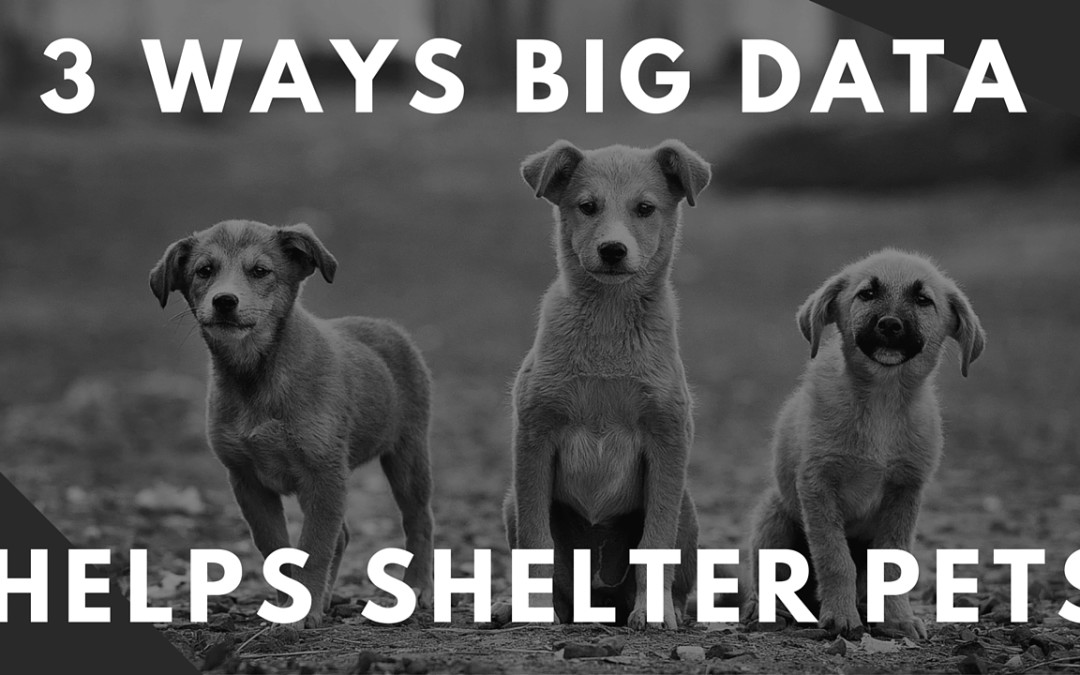There are roughly 7.6 million animals admitted to shelters in the United States each year. The same number are adopted as are euthanized: 2.7 million. So many are euthanized due to limited resources; many animals are coming in, but there is simply not enough space and not enough money to care for them.
As a “mother” of a rescue dog, this issue is very near and dear to my heart. So, I decided to look into it. With my knowledge in Big Data, I thought that surly there is a way to address this concern.
What I found was that the ASPCA is now utilizing big data and a geographic information system (GIS) to approach this problem in a whole new way. They are using this data to determine 1) where these animals are coming from, 2) how they can best utilize their resources to care for more animals and 3) how to get more animals adopted into happy homes.
1. “Hotspots”
The ASPCA refers to areas where it is highly likely to find abandoned or unwanted pets, “hotspots.” They do their best to predict where these hotspots are, and allot more resources to these locations. This includes trucks, people, shelters, veterinary services etc. But what they have found since using the GIS system, is that many times in the past, their predictions were wrong.
Once they identify a hotspot, they know where to pour prevention resources into. Many times, owners just give up on a pet, because owning the animal is too difficult or expensive. They can provide owners with less expensive services like neutering or minor medical interventions, such as vaccines. This makes it more likely that the owner is able to care for the pet, and makes it less likely that animals will procreate uncontrollably.
2. Efficiencies
The previous section touched on this, in that many resources were previously wasted through inaccurate hotspot identification. Using data, they are better able to distribute their limited resources efficiently.
Ultimately shelters, rescues and the ASPCA are all businesses that must consider their profits and costs. Big Data can help these shelters in similar ways that we have discussed in our blog. Data could help them determine if they are spending too much on needles, or if they are paying to replace their tires when there is still a warranty. It can even help them best utilize their space. If they can reduce these costs, then they will have more money to spend on services that directly affect the dogs and cats.
3. Adoption
These days, when we are interested in adopting a dog or cat, our first stop is often times the web. We may search certain breeds we are interested in, or “how expensive is it to own a dog?” or, searching good dog breeds to take hiking. These searches can be used to identify concerns that potential adopters have, and what type of animal is more likely to be adopted in a certain area.
For example, Colorado is known as a very active state. Therefore, it may be more likely that a German Shepherd would be adopted in Colorado, than in New York City. Shelters can use this information to relocate animals to areas where they are more likely to be adopted.








Recent Comments